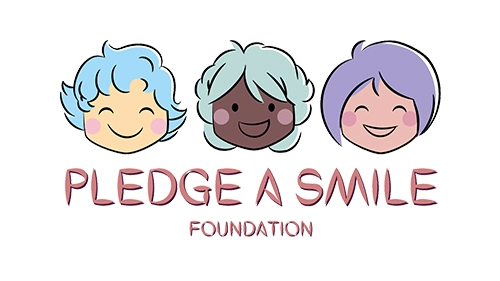The Covid-19-caused 2020 epidemic has inflicted havoc all across the world, including India. Multiple lockdowns were implemented across the country, and numerous firms were forced to close due to losses. Healthcare professionals are still overworked, and migrant workers are trapped. In the midst of all of this mayhem, schoolchildren were blissfully overlooked. Due to the closure of physical schools, classes were continued online. However, this was not the case for all. Except for wealthy and elite institutions, the majority of public and private schools in the country were either unable to go online or, if they did, were unable to successfully impart knowledge. Students who did not have access to technology were forced to drop out of school entirely. With such barriers, it is safe to assume that online education is not a feasible option for the majority of India’s youngsters.
According to a UNICEF assessment, “the pandemic-related closure of 1.5 million schools and subsequent lockdown in 2020 impacted 247 million children enrolled in elementary and secondary schools in India.” According to the survey, online schooling is not an option for many because just one out of every four Indian households has access to technology and the internet. In India, the digital divide is severe, and it has had a significant influence on schoolchildren. Government schools, which educate the bulk of the country’s pupils, typically have weak infrastructure, making it difficult for them to convert to online learning. “Only 28.55 percent of government schools have functioning computer facilities,” according to the Unified District Information System for Education Plus (UDISE) Report for 2019-20, “while 61.54 percent of government-aided and 58.5 percent of private schools have functional computers.” The cost of digital education was determined by whether or not students, teachers, and parents had access to the internet.
The Indian schooling and education industry got off to a late start, with the government only passing the Right to Education Act in 2009. Many initiatives were launched to promote education, the most well-known of which was the noon meal programme. This programme gave free meals to all school-aged children. One of the main reasons why parents sent their children to school was because of the programme. However, due to the pandemic, the plan was shelved. Due to the lack of physical education and the ineffectiveness of the midday meal programme, poorer and marginalised parents have begun to pull their children out of school and place them in jobs to supplement their income. “We have to take our children along with us because schools and hostels are closed,” a migrant parent said in an interview. “How are we going to leave them?”
The pandemic has wreaked havoc on everyone, including children. Because of the ambiguity of the circumstance, proposing remedies is challenging. This does not, however, imply that children who do not have access to school should be left behind. The government must establish a strategy to assist these children in getting back on track so that their financial difficulties do not prevent them from learning and succeeding in life.
